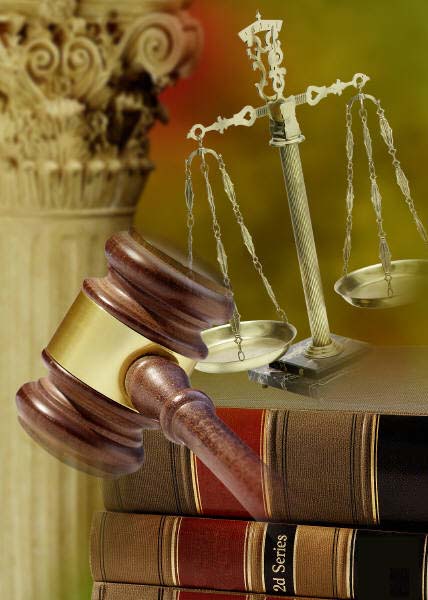eDiscovery Daily Blog
The Sedona Conference Has an Updated Commentary on Rule 45 Subpoenas to Non-Parties: eDiscovery Best Practices
So many stories, so little time. Been meaning to cover this for a few days now. Last week, The Sedona Conference® (TSC) and its Working Group 1 on Electronic Document Retention & Production (WG1) announced the publication of the Public Comment Version of The Sedona Conference Commentary on Rule 45 Subpoenas to Non-Parties, Second Edition.
In 2008, TSC published its first edition of this Commentary, then titled Commentary on Non-Party Production & Rule 45 Subpoenas. That was 12 years ago! Even our blog didn’t exist back then. As you can imagine, much has changed since then, including:
- Federal Rule of Civil Procedure 45 was substantially revised in 2013;
- the 2015 amendments to the Federal Rules of Civil Procedure, while not further revising Rule 45 directly, significantly affect non-party practice;
- Federal Rule of Evidence 502 was enacted in 2008 (subsequent to the publication of the first edition of this Commentary);
- The Sedona Principles, Third Edition: Best Practices, Recommendations & Principles for Addressing Electronic Document Production was published in 2017 (we covered it here); and
- the rise in cloud computing has placed large amounts of party data in the hands of non-parties, leading to increased use of Rule 45 subpoenas. That in turn has led to a significant growth in the case law under Rule 45 since the first edition. Here are a few examples we’ve covered in the past couple of years: Williams v. Angie’s List, Ronnie Van Zant, Inc. v. Pyle, Apex Colors, Inc. v. Chemworld Int’l Ltd., Inc., Shenwick v. Twitter, Inc., Fair v. Commc’ns Unlimited Inc., Shamrock-Shamrock, Inc. v. Remark.
There are essentially five parts in the 49-page (PDF) Commentary (after the Introduction, Part I). Part II covers Rule Changes and Their Impact on Non-Party Discovery. Part III covers The Possession, Custody, and Control Framework and Its Impact on Rule 45 Obligations (which has factored in several of the cases listed above). Part IV discusses Preservation obligations, prior to and after receipt of a subpoena and remedies for spoliation. Part V discusses Rule 45(d) Costs, Sanctions, and Motion Practice. And, Part VI discusses Rule 45 Practice Pointers. There are no Appendices.
You can download a copy of the Commentary here (login required, which is free). The Commentary is open for public comment through March 6, 2020. Questions and comments on the Commentary are welcome and may be sent to comments@sedonaconference.org. In particular, please share your comments on Section III’s discussion of viewing non-party subpoenas through the lens of “possession, custody or control” principles as well as Section VI’s sixteen Practice Pointers. The drafting team will carefully consider all comments received, and determine what edits are appropriate for the final version.
TSC has been busy! We’ll cover another publication that was just released a few days ago early next week.
So, what do you think? How does your organization address subpoenas of non-parties in litigation today? As always, please share any comments you might have or if you’d like to know more about a particular topic.

Sponsor: This blog is sponsored by CloudNine, which is a data and legal discovery technology company with proven expertise in simplifying and automating the discovery of data for audits, investigations, and litigation. Used by legal and business customers worldwide including more than 50 of the top 250 Am Law firms and many of the world’s leading corporations, CloudNine’s eDiscovery automation software and services help customers gain insight and intelligence on electronic data.
Disclaimer: The views represented herein are exclusively the views of the author, and do not necessarily represent the views held by CloudNine. eDiscovery Daily is made available by CloudNine solely for educational purposes to provide general information about general eDiscovery principles and not to provide specific legal advice applicable to any particular circumstance. eDiscovery Daily should not be used as a substitute for competent legal advice from a lawyer you have retained and who has agreed to represent you.

